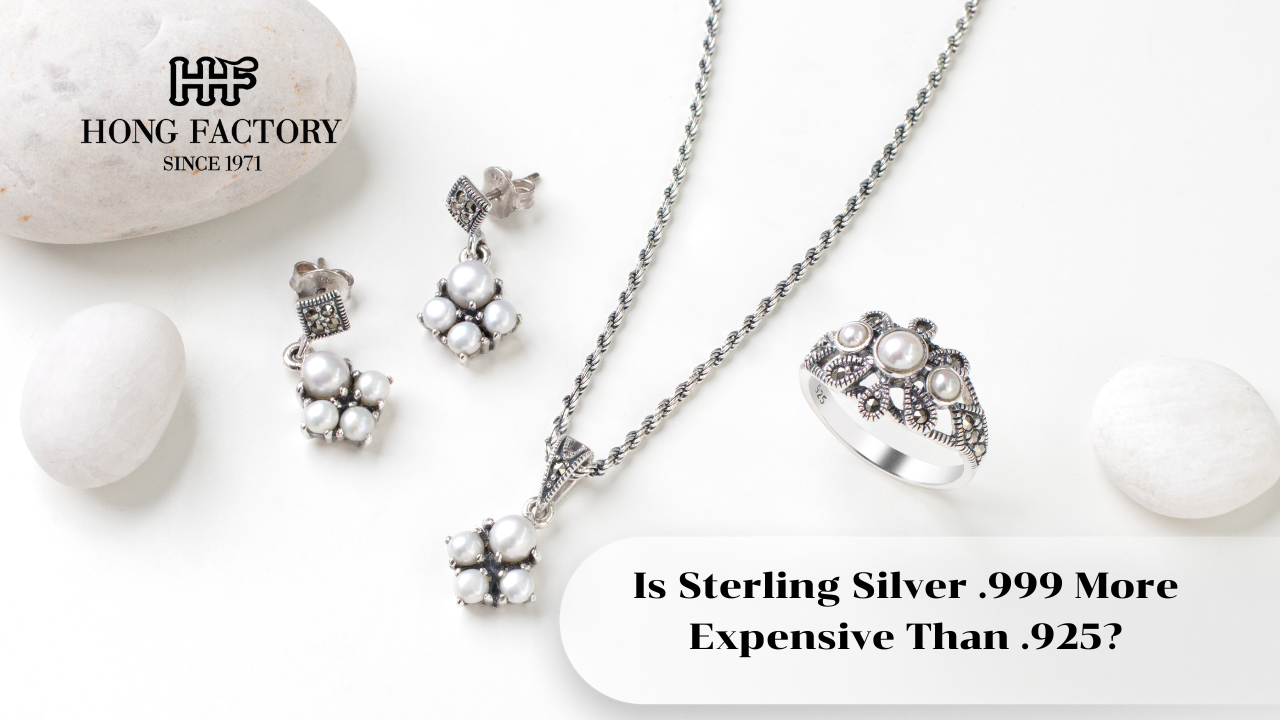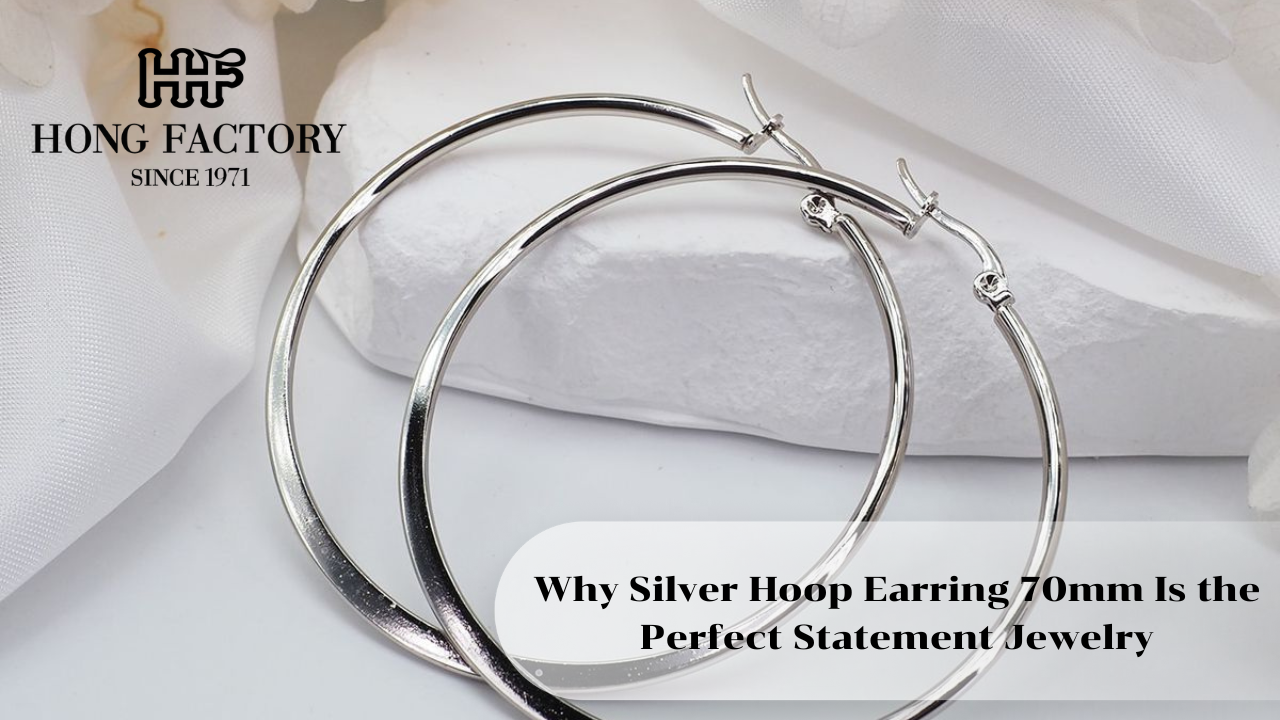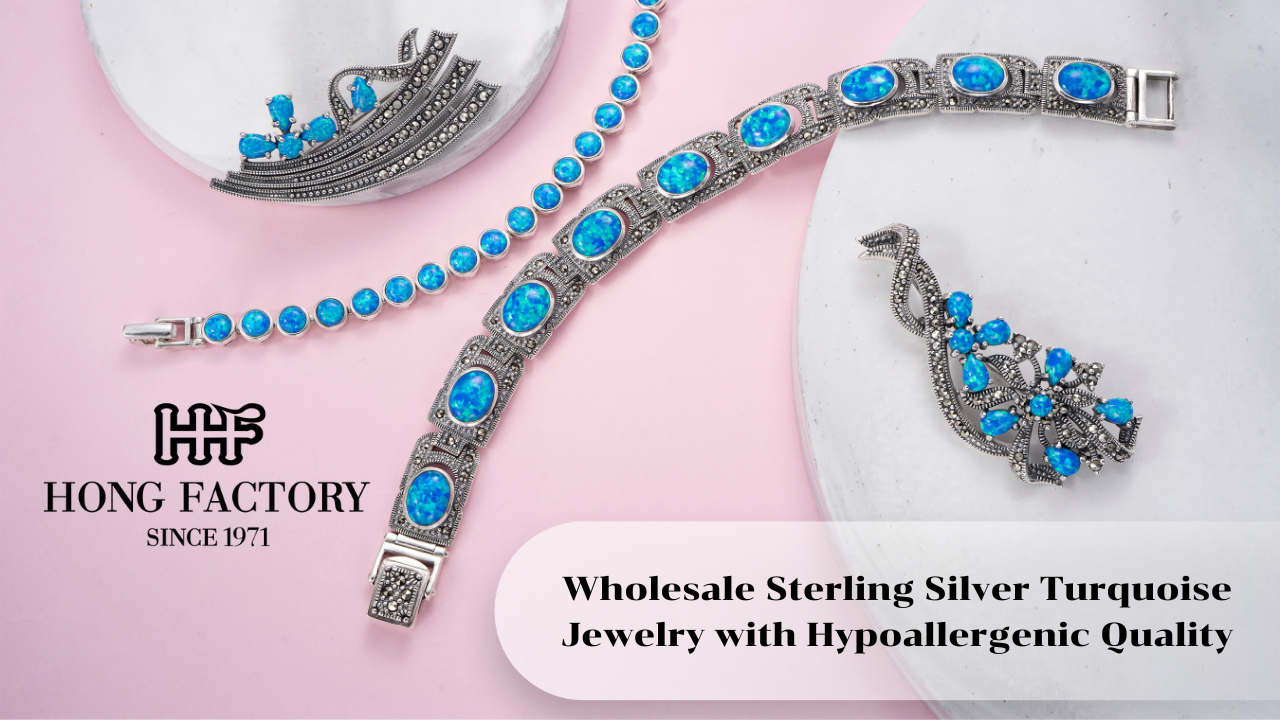In the world of gemstones, a perennial debate persists : does size or quality matter more for lasting beauty? This question doesn’t have a one-size-fits-all answer, as factors such as personal preference, budget, and intended use can significantly influence your choice. In this article, we’ll delve into the importance of gemstone size and quality, explore their relationship with price, and provide some tips for making an informed purchase. We’ll also incorporate essential keywords such as “carat weight,” “quality factors,” and “value” to guide our exploration.
Size Importance
When it comes to gemstones, size often takes a front seat, especially in terms of visual impact. The carat weight of a gemstone, which measures its size, is one of the most immediate features people notice. Larger stones tend to capture more attention and can make a bold statement, often becoming the centerpiece of jewelry. For instance, a large diamond ring or a sizable emerald pendant can become a conversation starter owing to its sheer presence and brilliance.
However, size should not be the sole determinant of a gemstone’s beauty. While larger stones can be more impressive at first glance, their appeal may diminish if they lack quality. A gemstone’s carat weight does contribute to its allure, but without the accompanying quality, its beauty might not be as enduring.
Quality Aspects
Quality factors of gemstones include clarity, color, cut, and overall treatment. These aspects play a vital role in defining the true beauty and value of a gemstone.
- Clarity : Clarity refers to the absence of internal flaws or inclusions and external blemishes. Gems with higher clarity are often more desirable and can exhibit increased brilliance and fire, contributing significantly to their aesthetic appeal and value.
- Color : Color is a crucial factor, particularly for colored gemstones like sapphires, rubies, and emeralds. The hue, tone, and saturation of a gemstone’s color determine its overall appeal. For diamonds, the absence of color is preferred, with truly colorless diamonds considered the most valuable.
- Cut : The cut of a gemstone affects how well it reflects light, which can enhance its sparkle and overall look. A well-cut stone will have more brilliance, making it more attractive regardless of its size.
- Treatment : Some gemstones undergo treatments to improve their appearance. While treated stones can be beautiful, untreated stones often hold higher value because they represent the gemstone’s natural state.
In essence, while a larger carat weight might initially impress, it is the quality factors that ensure the gemstone retains its beauty over time.
Price Relations
The relationship between a gemstone’s size, quality, and price is intricate. Generally, larger gemstones with superior quality command higher prices. However, a larger stone with inferior quality may cost less than a smaller, high-quality stone.
– Carat Weight vs. Price : As carat weight increases, the price per carat typically increases exponentially. This means a one-carat gemstone might cost significantly more than two half-carat stones of the same quality.
– Quality vs. Price : Higher quality gemstones fetch higher prices. A smaller gemstone with extraordinary clarity, excellent cut, and vivid color can be more expensive than a larger stone with visible inclusions or a dull color.
Understanding these relationships can help consumers assess the true value of a gemstone, ensuring they make a purchase that aligns with their budget and expectations.
Buying Tips
When purchasing gemstones, balancing size and quality is key to maximizing both beauty and value. Here are some tips to guide your purchase
- Set Priorities : Determine what aspects matter most to you—size, quality, or a balance of both. Knowing your priorities can help narrow down your choices.
- Understand Trade-offs : Be aware that opting for a larger stone might mean compromising on quality and vice versa. Decide what trade-offs you are comfortable making.
- Examine the Stone : When possible, examine gemstones in natural light and under magnification. This helps assess clarity, color, and cut more accurately.
- Research : Educate yourself about the specific type of gemstone you are interested in. Different gemstones have unique characteristics and quality standards.
- Consider Certification : Purchase gemstones that are certified by reputable gemological laboratories. Certification assures that the stone has been evaluated by experts and matches the described characteristics.
- Consult Professionals : Jewelers and gemologists can provide valuable insights and help you find a gemstone that meets your criteria.
- Budget Wisely : Establish a budget and stick to it. Remember that the most expensive stone isn’t always the best choice for your needs or preferences.
Conclusion
Ultimately, the choice between gemstone size and quality depends on individual preferences and the intended purpose of the purchase. Larger gemstones can provide immediate visual impact, while high-quality stones offer lasting beauty and potentially greater value. By understanding the importance of carat weight and quality factors, and their impact on value, you can make informed decisions that align with your desires and budget.
Whether you’re buying for investment, as a gift, or for personal enjoyment, balancing these elements will help you select a gemstone that remains beautiful for years to come.











